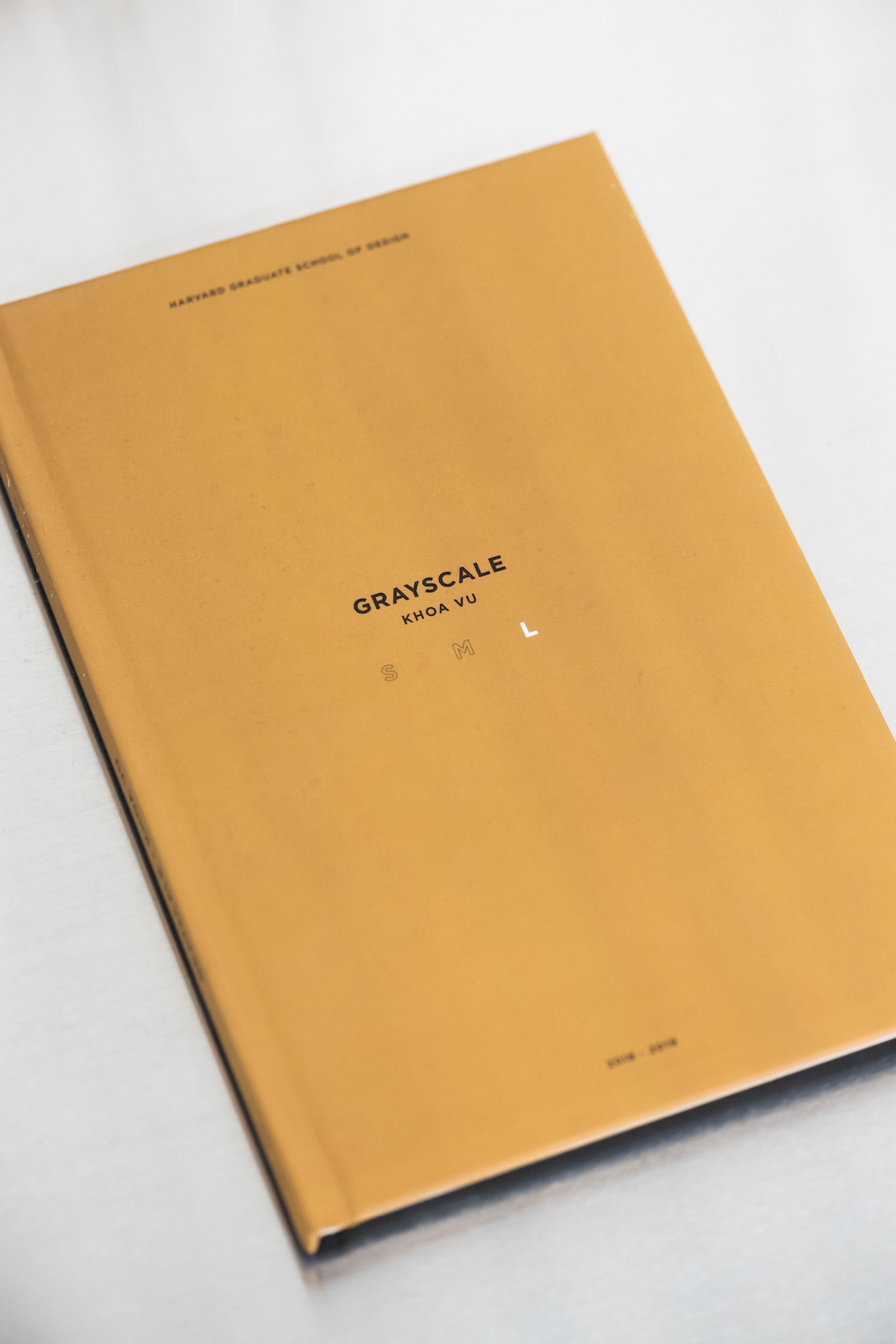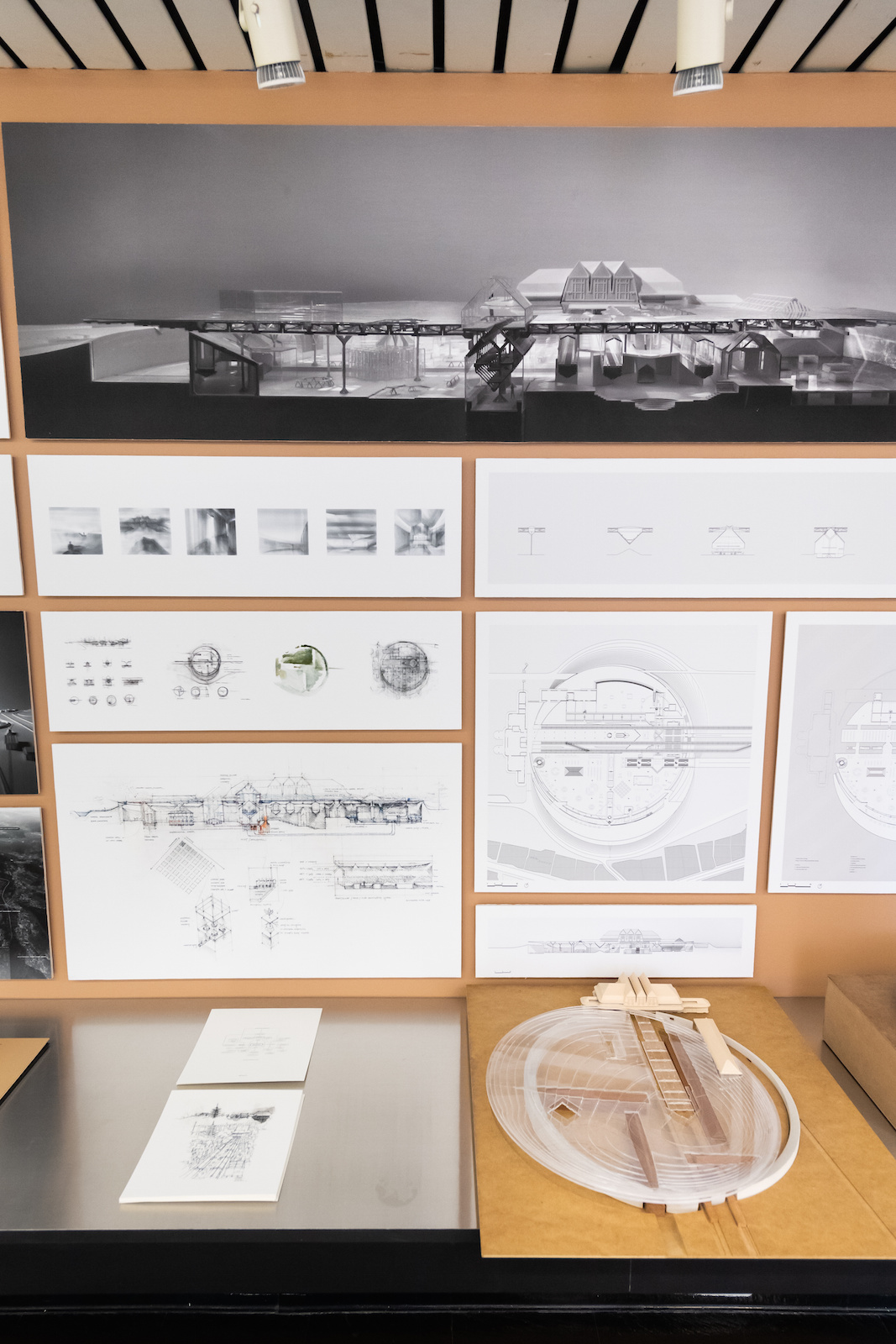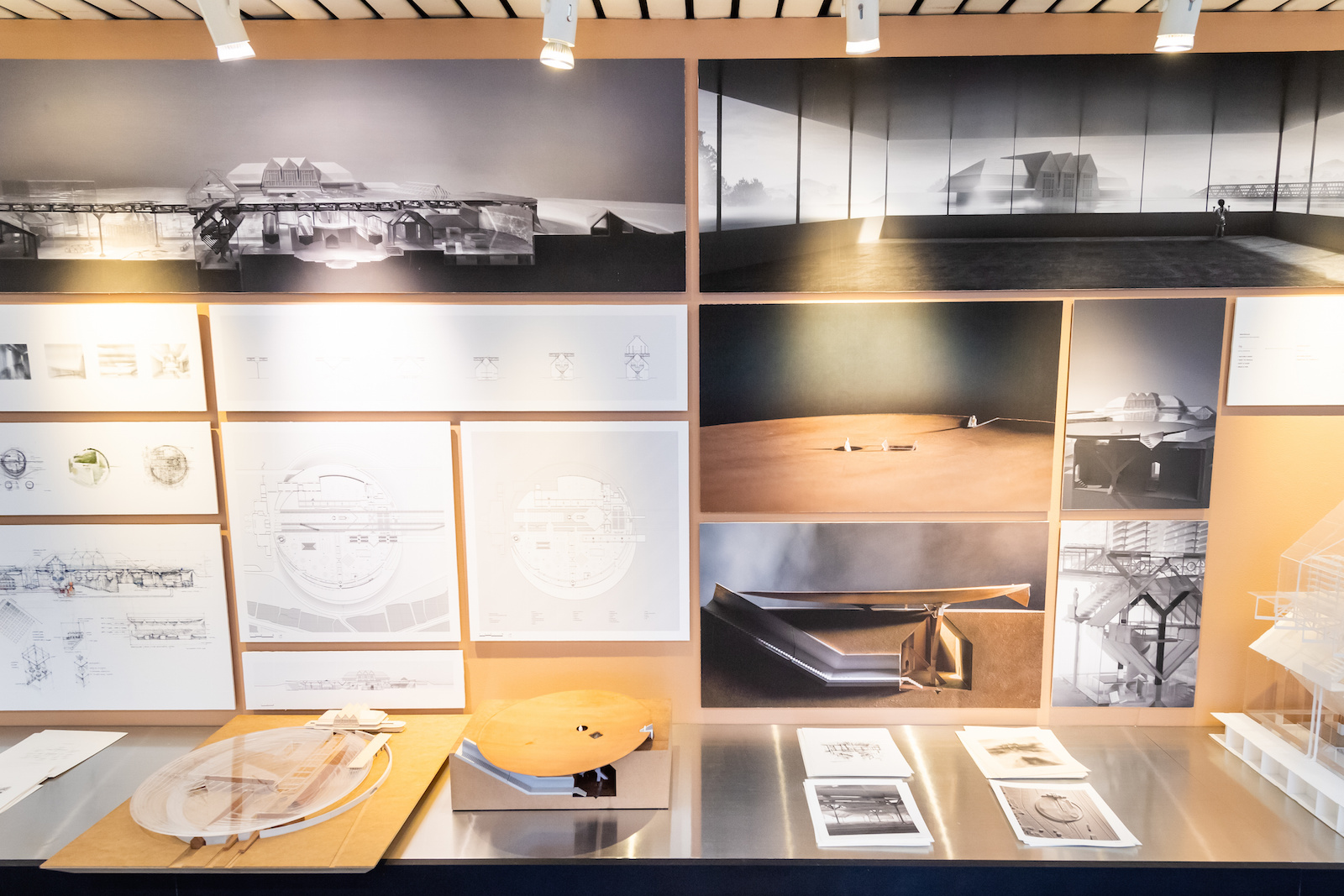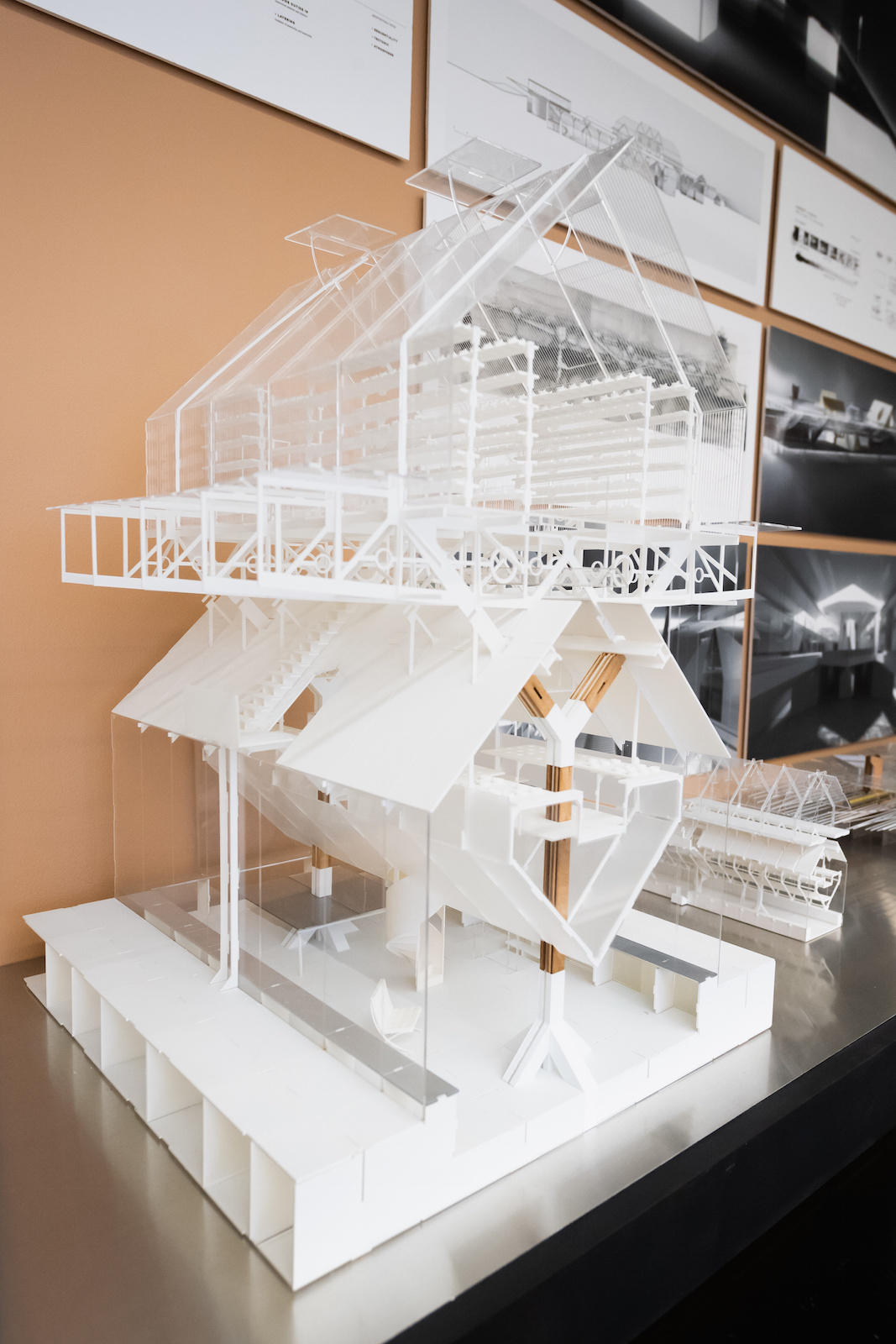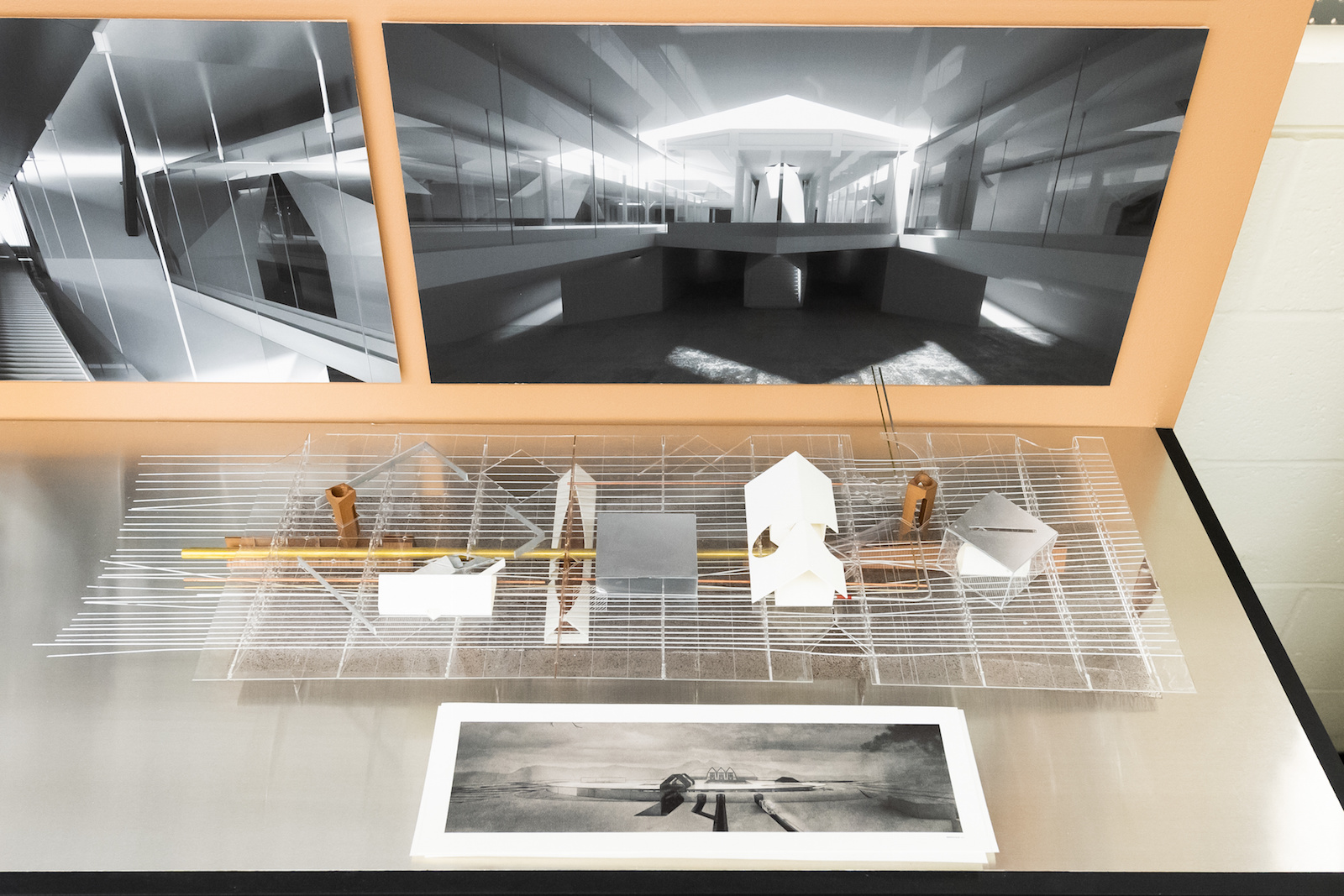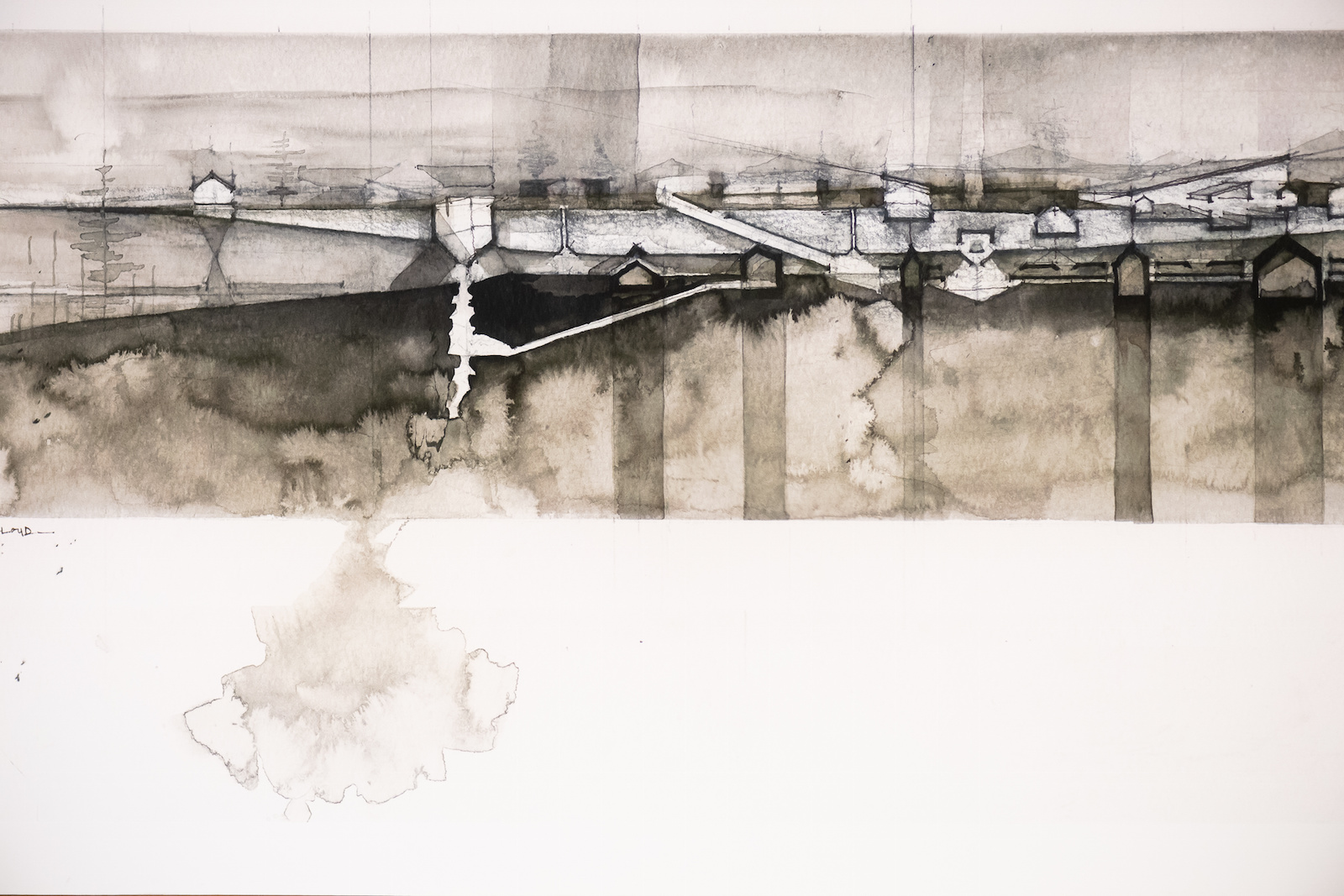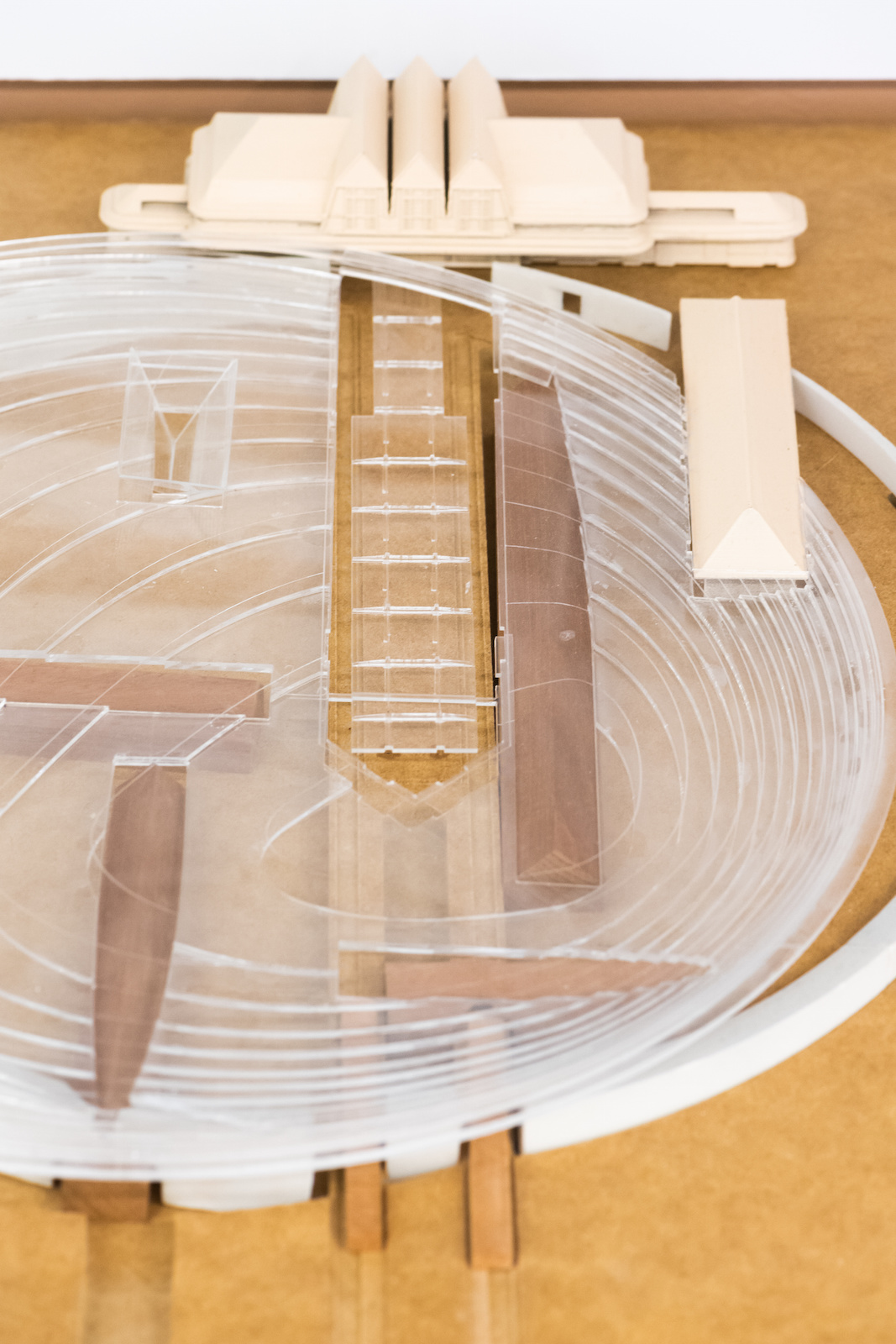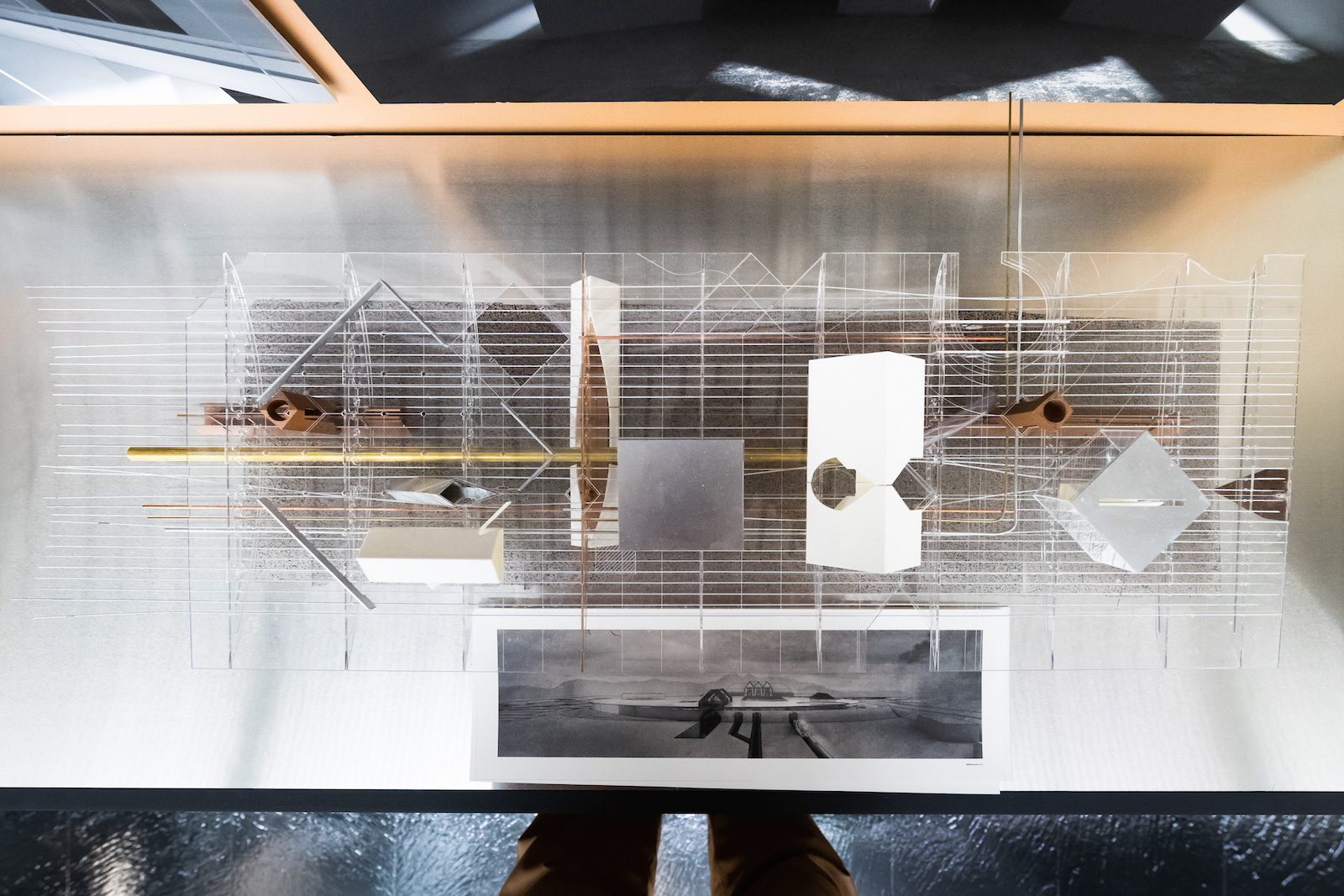Grayscale
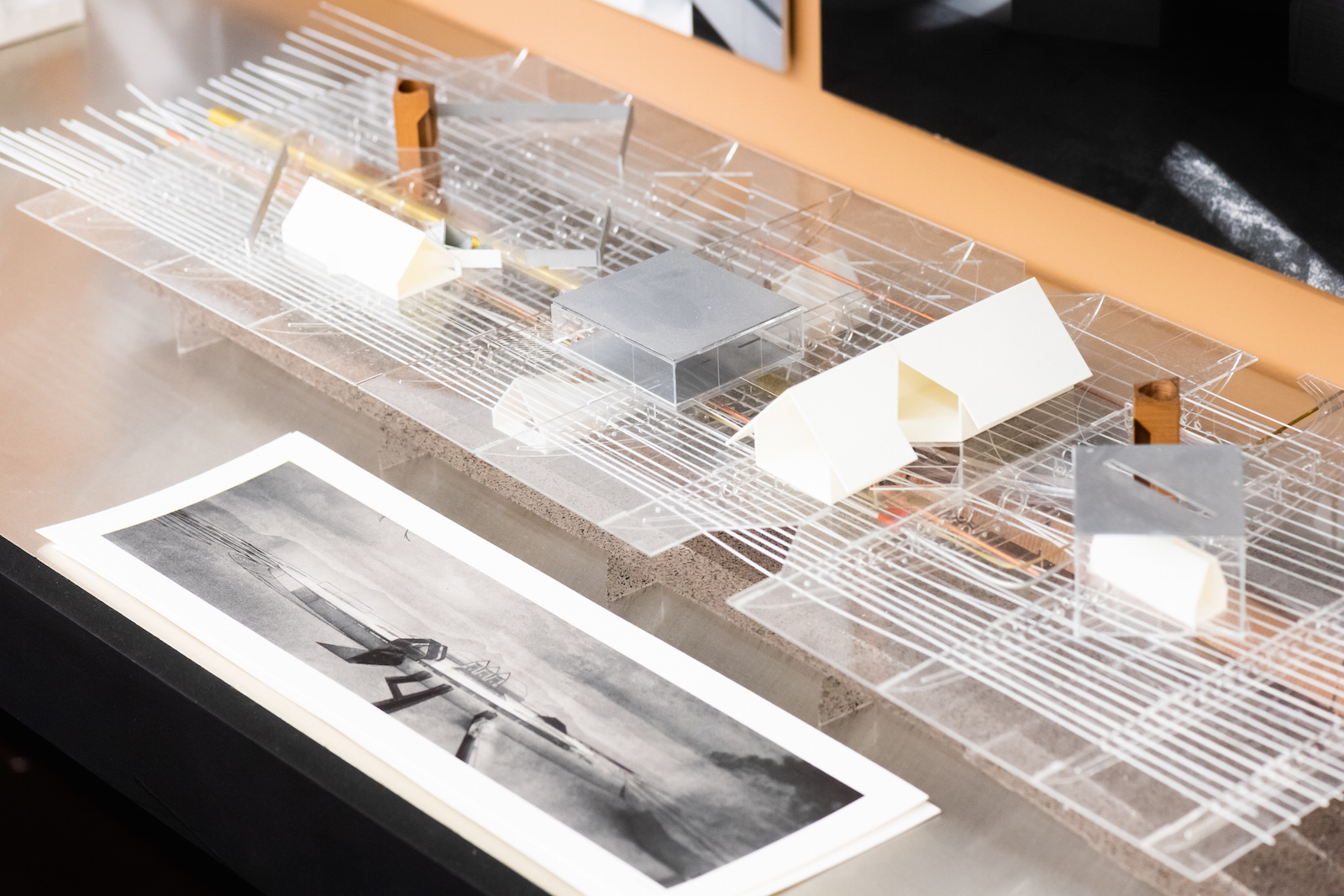
“Grayscale” is based on an architecture thesis by Khoa Vu (MArch ’19) of the same title. Thesis advisor: Preston Scott Cohen
Grayscale is a term used in computation to describe the range of gray shades from white to black. As a framework for design, grayscale exploits the in-between as central to providing a new design methodology and spatial type. The aim of this thesis is to discover spatial conditions that exist between nature and the man-made, the old and the new, the inner, imaginative mind and the external, perceived world. As a methodology, grayscale allows for the negotiation between top-down and bottom-up design. This thesis was developed by operating at multiple scales: from material systems at the pavilion scale to building systems at the scale of architecture, to spatial and infrastructural organization at the urban scale. As a spatial type, grayscale celebrates the dualistic, the adaptive, and the ambiguous. Extremes are not disregarded, but rather amplified as nodes on a gradient.
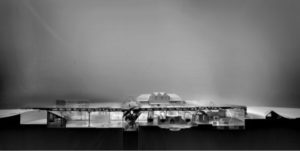
The site of the investigation is a highland city in Vietnam called Dalat—“the city of fog and thousands of pine trees.” Besides its scenic atmosphere and pleasant climate, the city is known for its French colonial influence, as shown in its Northern-French architecture. Today, Dalat faces environmental, cultural, and infrastructural problems such as the expansion of greenhouses in the agriculture sector, lack of indoor public cultural facilities, and abandoned railways. The thesis applies the grayscale framework to create architectural interventions as a response to these problems. The objective is to preserve the scenic atmosphere of the city while allowing more sustainable growth in the future. The project proposes an “Architecture of Fog,” a bridge between the scale of the body and the scale of the environment. How can architecture be like fog? How can architecture be both natural and artificial?
Exhibition Acknowledgments
Special thanks to: Preston Scott Cohen, Mark Lee, Oana Stanescu, MAD Travel Fellowship 2018, Alvar Aalto Residency by Tradeka Foundation 2018
Presentation design: Erik Fichter (MArch ’22), Samantha Vasseur (MArch ’20)
Model assembly: Beining Chen (MArch ’20), Ben DinaPoli (MArch ’21), Erik Fichter (MArch ’22), Danmo Fu (MArch ’22)
Model base design: De Huang (MArch ’22)
CNC & Zund TA support: Morgan Starkey (MArch ’19), Lindsey Krug (MArch ’19), Vivian Kuong (MArch ’20)
